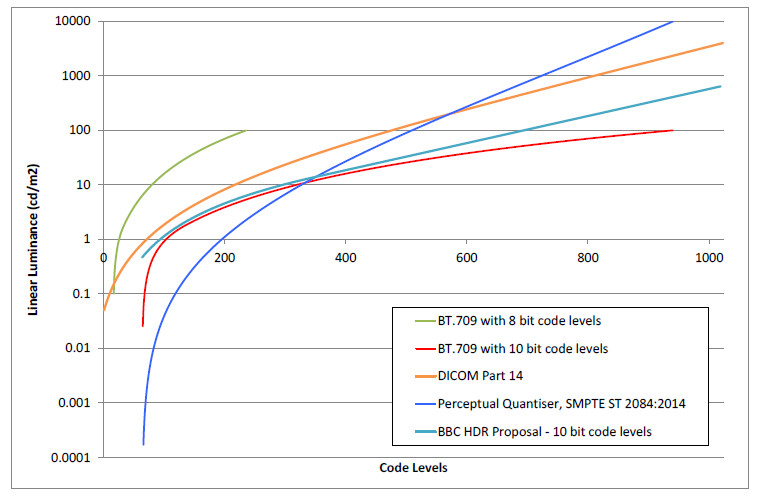neural networks have much more impact than just cars  and that market will be bigger than HPC market. Cars are just the start of it.
and that market will be bigger than HPC market. Cars are just the start of it.
Don't expect these GPU's to go into "affordable" notebooks, more like 1k and up. Affordable notebooks will stick with IGPU's. That won't change any time soon.
This was from an old comic strip, think it was calvin and hobbes
It was pretty funny back then but the implications of that are pretty strong.
Don't expect these GPU's to go into "affordable" notebooks, more like 1k and up. Affordable notebooks will stick with IGPU's. That won't change any time soon.
This was from an old comic strip, think it was calvin and hobbes
do you think mr. coffee knows more than it's letting on to?
It was pretty funny back then but the implications of that are pretty strong.
Last edited:

